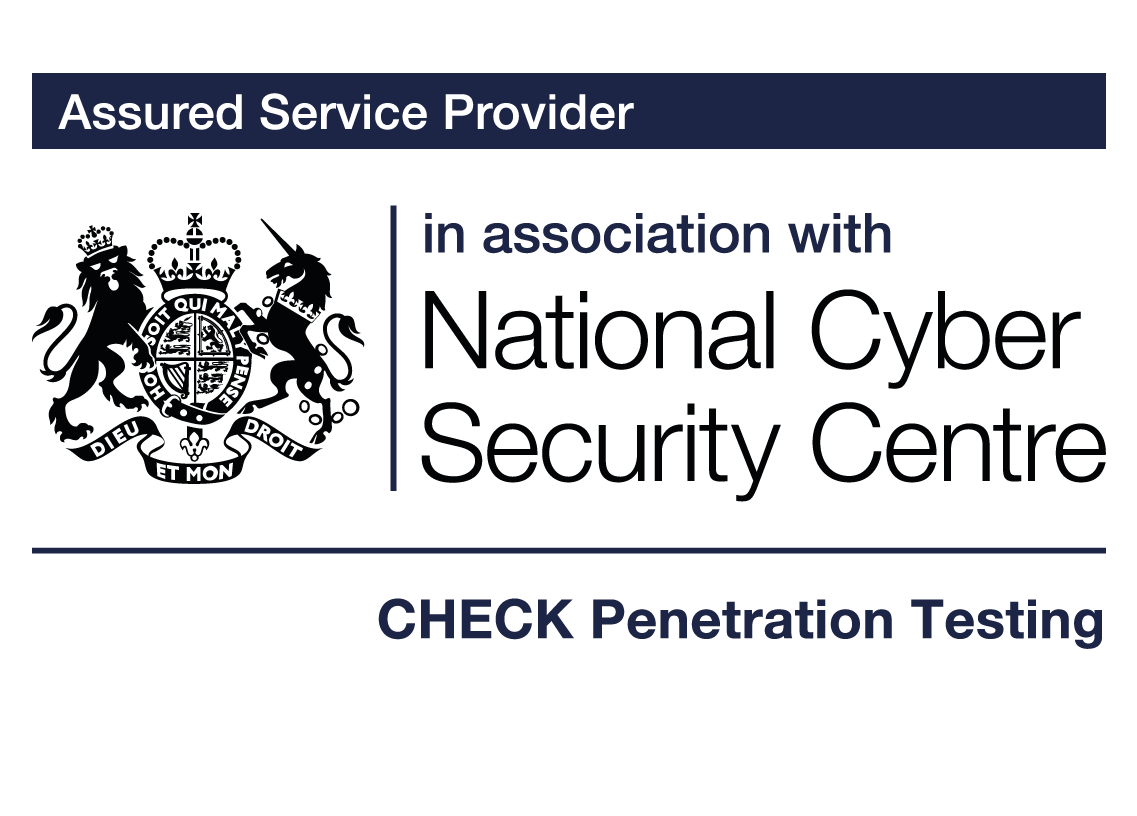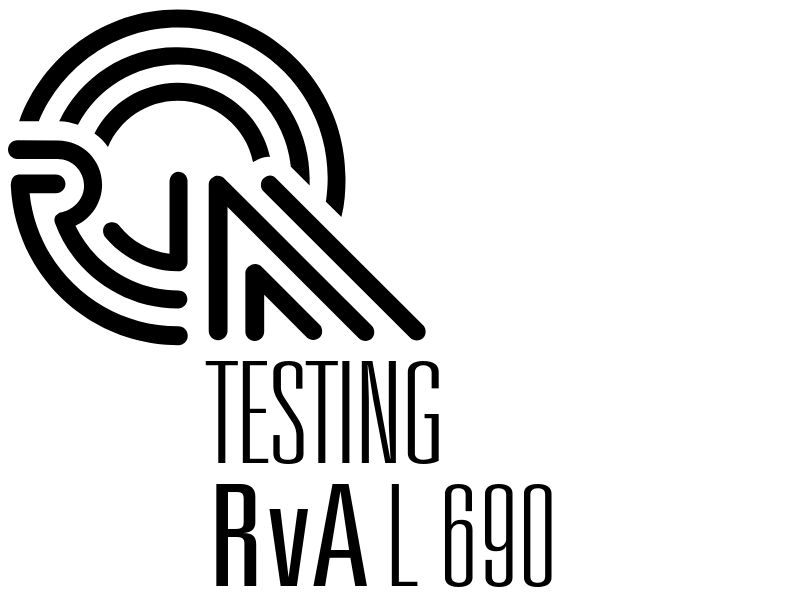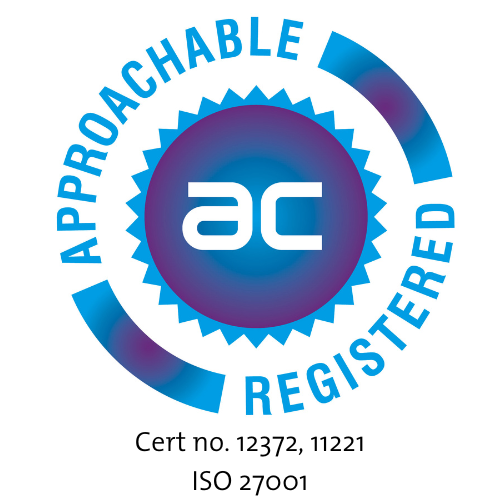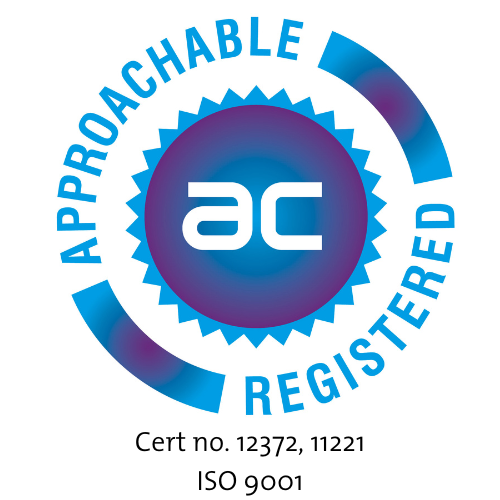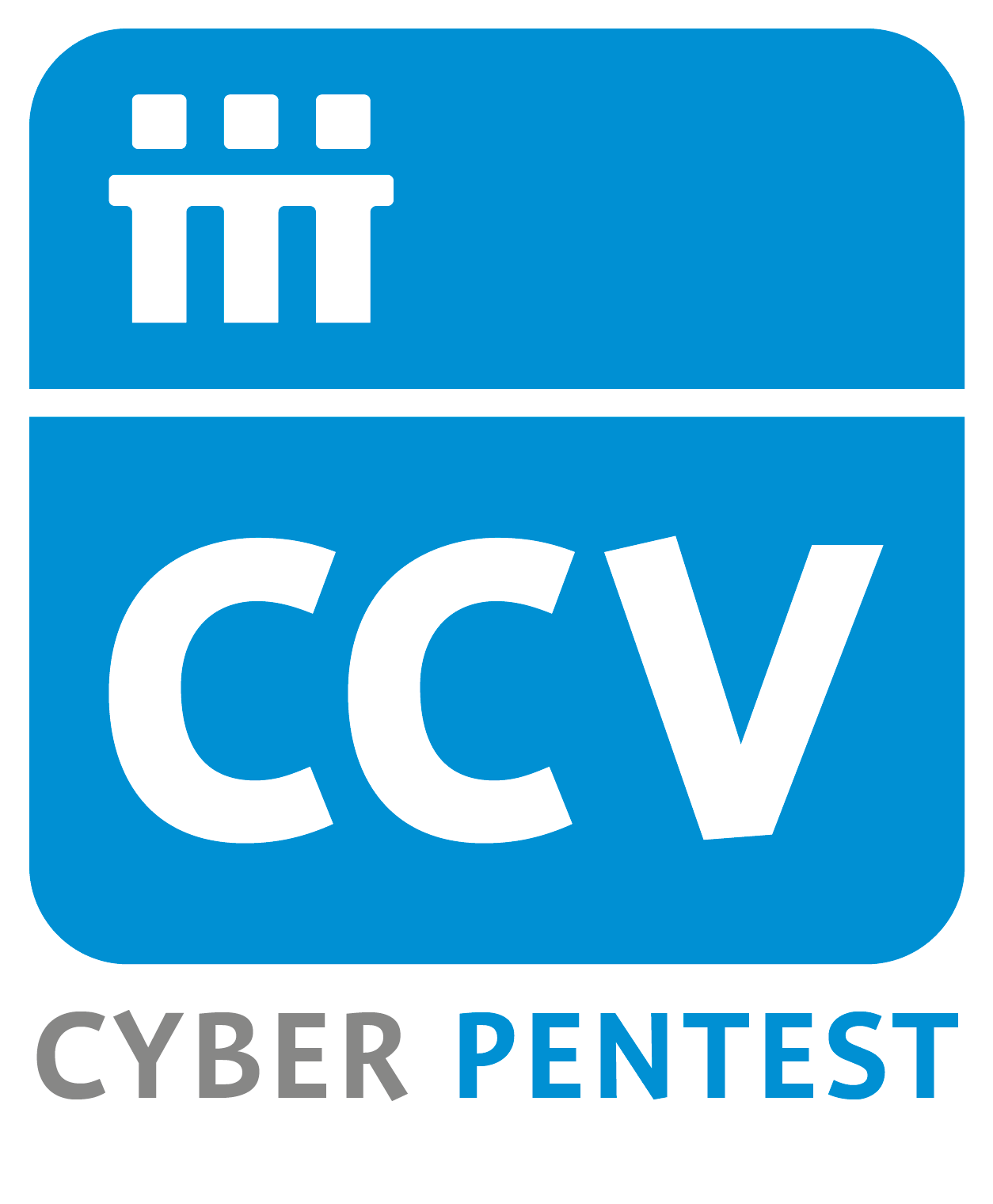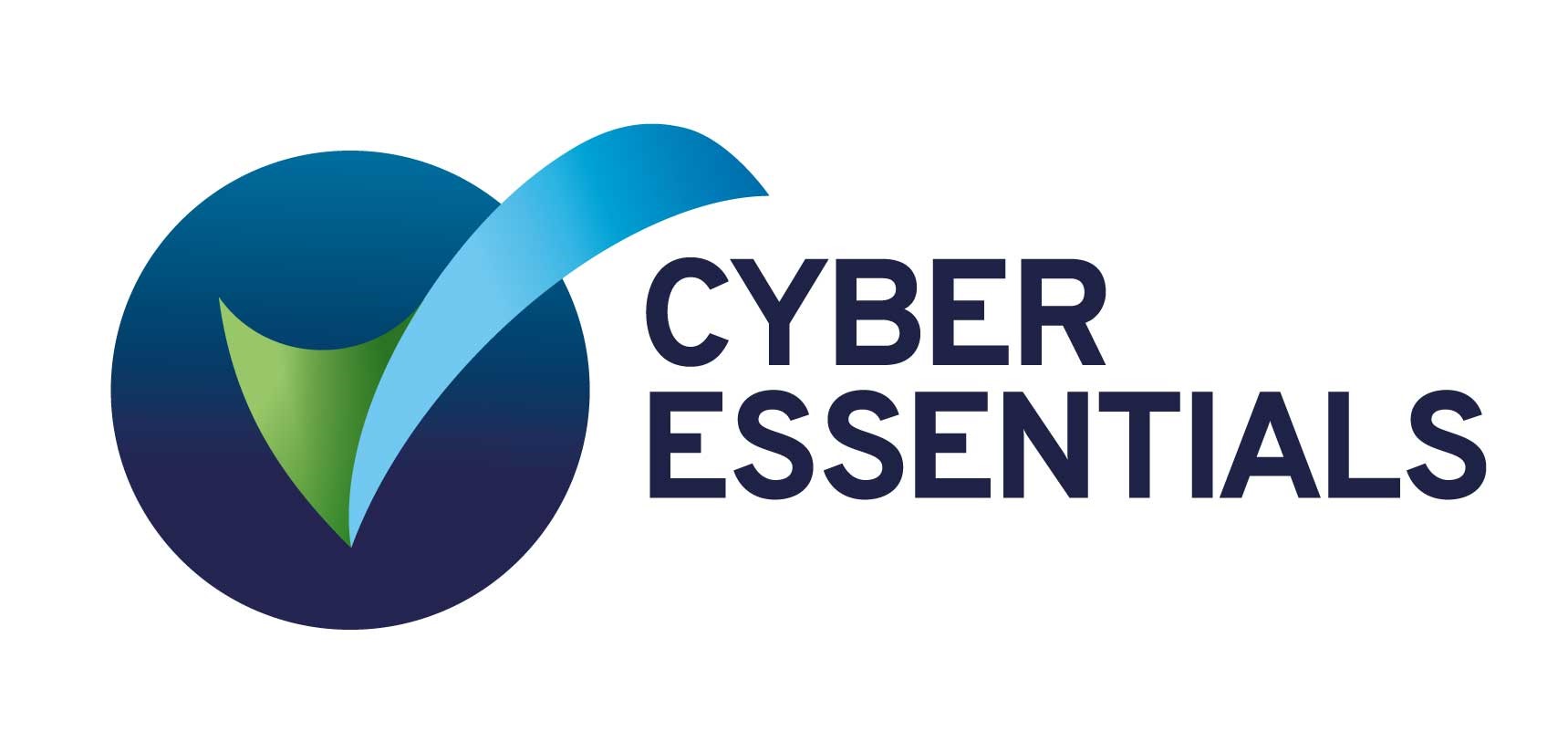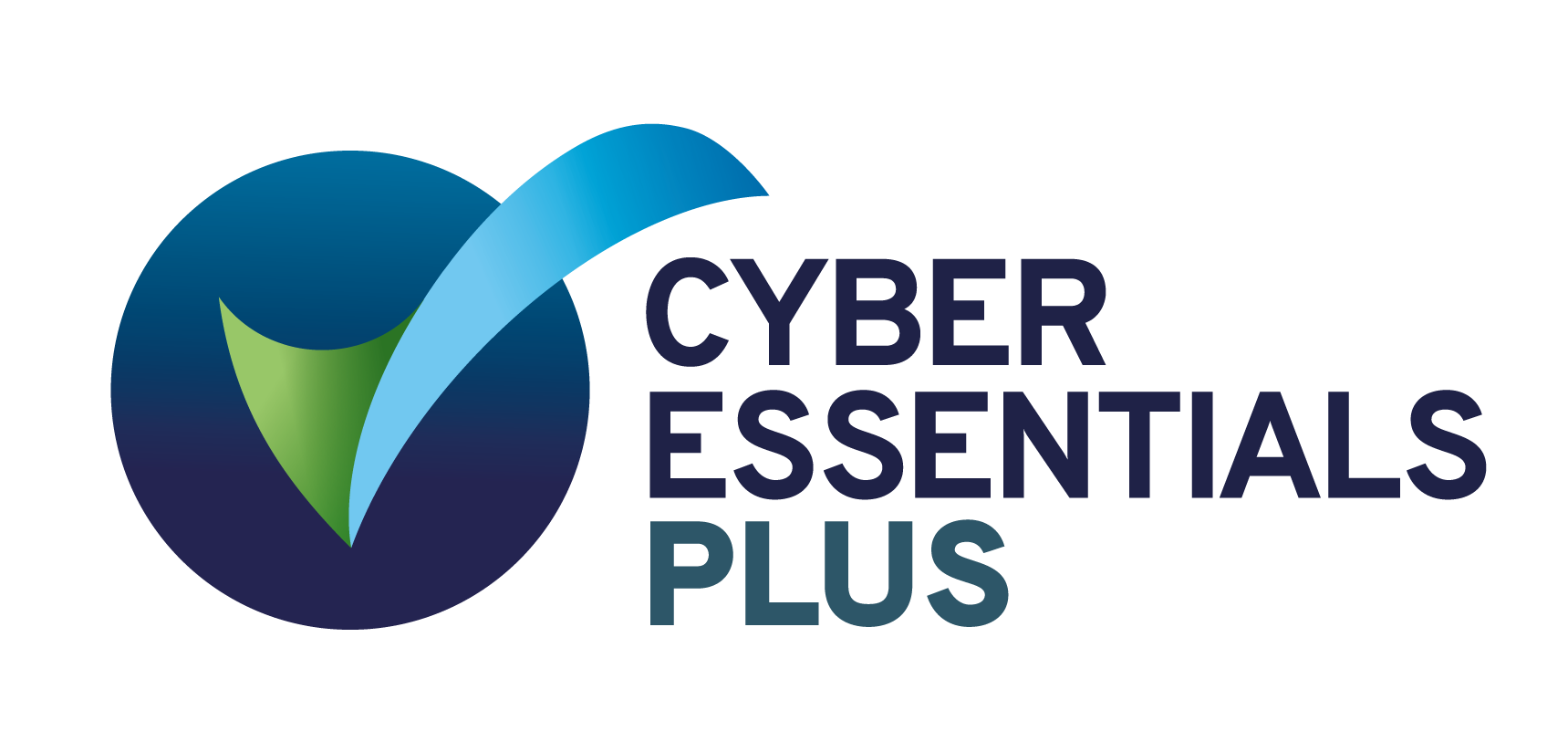What is NIS2?
To make the EU digitally safer, the EU published a new version of the Network and Information Security directive (“NIS2”) at the end of 2022. After the translation of NIS2 into national legislation by the Member States, it is expected to come into effect at the end of 2024.
NIS2 will be applicable to more sectors and entities than the current directive, with more explicitly described security measures and fines, stricter incident reporting obligations, and will empower national supervisory authorities.
What’s the difference between NIS1 and NIS2?
The new directive significantly expands the number of sectors and the focus areas (such as digital infrastructure: cloud services, telecommunications, data centres, DNS, and so on) to include vital, essential, and key sectors and their criticality:
• Digital infrastructure
• B2B management of ICT Services
• Postal and courier services
• Waste management
• Manufacturing, production and distribution (of chemicals, food, medical devices, computing and electrical equipment, amongst others)
• Digital Providers
• Research
FAQ
What are the timelines?
Which organisations are in scope?
Will there be central registers maintained with organisations in scope?
Is governance and liability addressed?
What does the duty of care mean for organisations?
What does the duty to report mean for organisations?
What is the supervisory regime?
What are the possible fines?
How does NIS2 relate to GDPR?
How does NIS2 relate to other directives and legislation?
Can organisations expect support during cybersecurity incidents?
Will certification be mandatory?

Useful resources
Fore more information about NIS2, and guidelines for good cybersecurity practices, make sure you visit:
- EU (the text of the NIS2 regulation): EUR-Lex – 32022L2555 – EN – EUR-Lex (europa.eu)
- Cyber Security Centre Belgium : Centre for Cyber security Belgium |
- National Cyber Security Centre NL: Home | National Cyber Security Centre (ncsc.nl)
- Rijksinspectie Digitale Infrastructuur: Home | Rijksinspectie Digitale Infrastructuur (RDI)
- European Union Agency for Cybersecurity: ENISA (europa.eu)
Cyber Risk Management
Manage security risk in a coordinated, cohesive and consistent manner across all business units and functions.
Talk to us
Discuss your requirements with our expert team
Our Accreditations and Certifications
